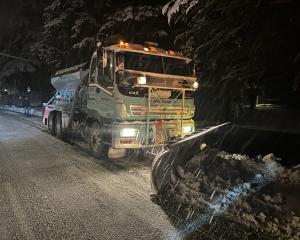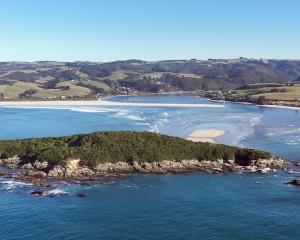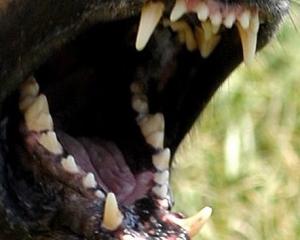Europeans know Purakaunui as just that or as Purakanui. But the New Zealand Geographic Board has ruled the the original Maori name with the extra "u" is the correct spelling and Mrs Taylor wants its ruling upheld.
The "u" is needed because without it, the place name means nothing, she says, relating the story of how the name originated as recorded by another of settler Richard Driver's descendants, Stan Durry.
Rakau is the Maori word for stick and pu-rakau-nui means big pile of wood or sticks. About 1750, a massacre happened at Mapoutahi, a fortified pa on the headland near what is now Purakaunui.
Two Kai Tahu cousins had "the mother of all scraps" at the pa which resulted in one cousin killing the other cousin's son.
The grieving father waited 12 months to exact his revenge. He gathered a war party and attacked the pa for 10 days. That night, with snow lying deep on the ground, his warriors broke through. Dazed from sleep, 250 villagers were killed. Only a few were able to survive by jumping from the cliffs into the sea.
Dawn revealed a ghastly sight; the villagers' bodies had been piled into a huge heap.
The brown shapes, covered in places with a mantle of snow, resembled a wood pile and the survivors named the place Purakaunui.
In very early European documents such as maps, surveyors wrote Purakaunui with three letter "u"s, Mrs Taylor says. But others spelt it without the second "u", and over the years Purakanui became the dominant spelling.
In the 1980s, Mrs Taylor's relative John McLachlan wrote to the New Zealand Geographic Board, asking for the "u" to be officially reinstated.
Mrs Taylor has read opposing submissions from then.
"The outcry ... you could only call it racist. People said: `Who were these North Island Maori to tell us how to spell the name of our place?' They meant John, because although he grew up at Purakaunui he had moved to the North Island for work."
The board ruled in 1992 that the "u" be reinstated, something which has not filtered through the entire community even 20 years later.
There have been advances - the Dunedin City Council is going through the process of changing the name of the road to the township to Purakaunui Rd - but Mrs Taylor, who moved from Dunedin to Purakaunui four years ago, says there are still "huge pockets of resistance" from others.
The primary school does not use the "u" and has not responded to requests to do so, and the local amenities society is "staunch" about continuing to use Purakanui on notices, brochures and promotions.
The reinstatement of the "u" is as important as the addition of the "h" in Whanganui, she says.
"It's the same principle. It's the right of Maori to determine how a Maori name should be spelled. It's about respect. If my name is Nicola and that's how I spell it, and someone else says 'No, no, that's not how you spell it, you have to spell it some other way', people would understand why that is disrespectful. With this place name, someone is trying to impose their view on people who already know how it should be spelled."
She will not give up.
"Give it 20 years ... I feel quite hopeful that by that time there won't be tolerance of this kind of racist approach to determining the correct spelling."












